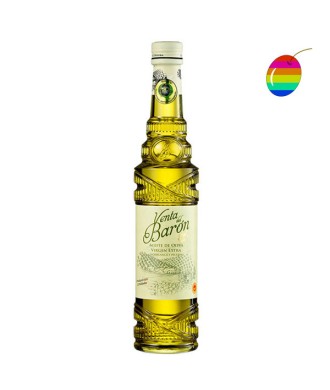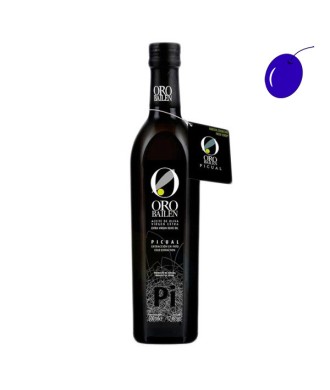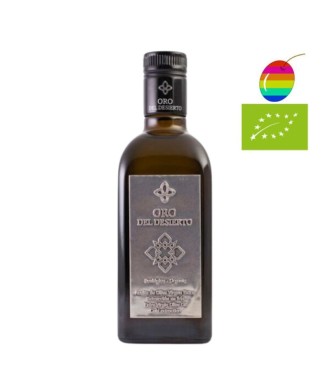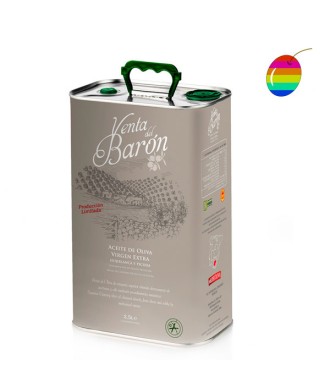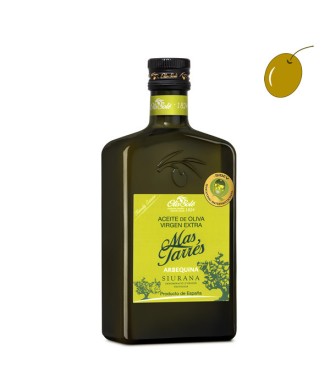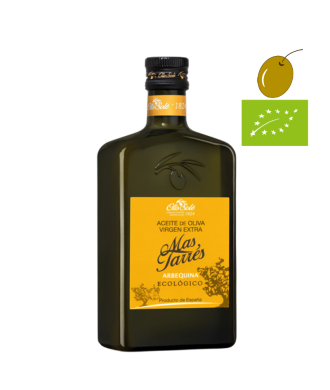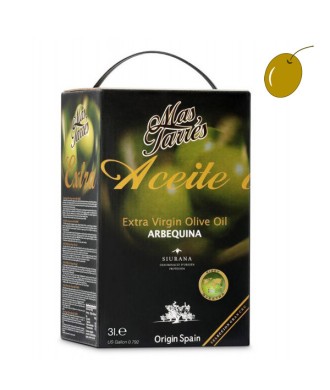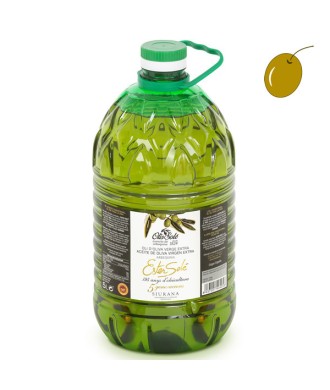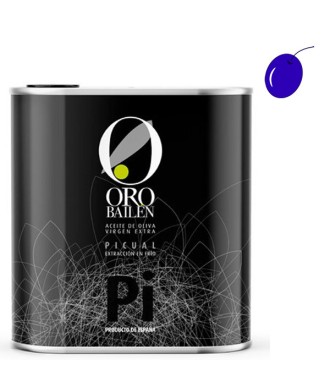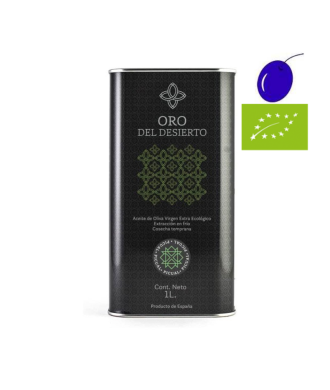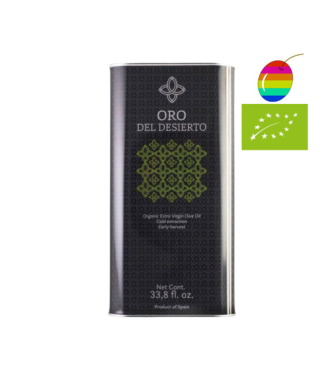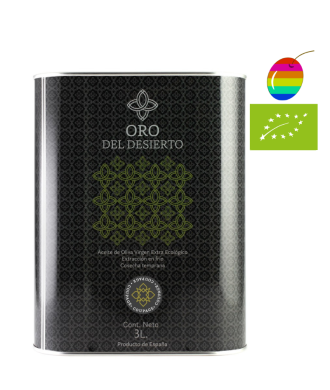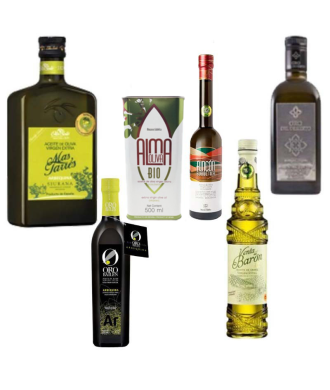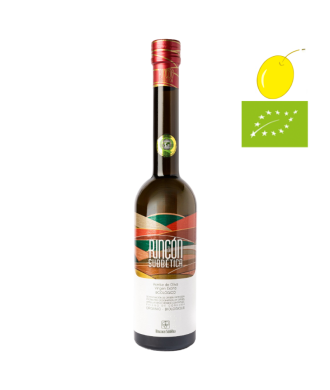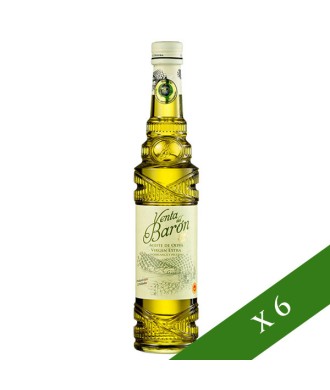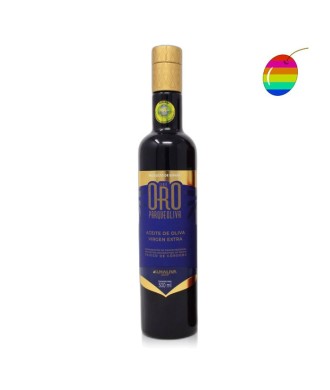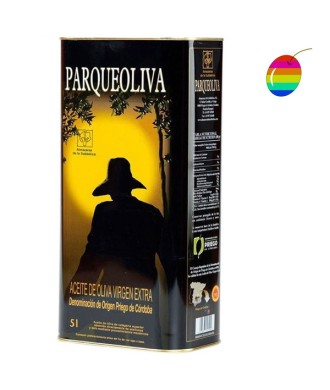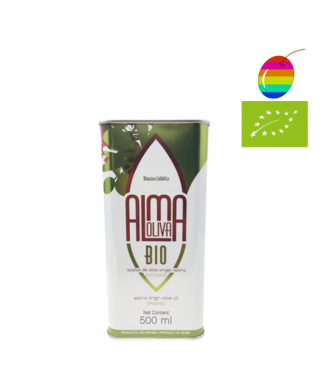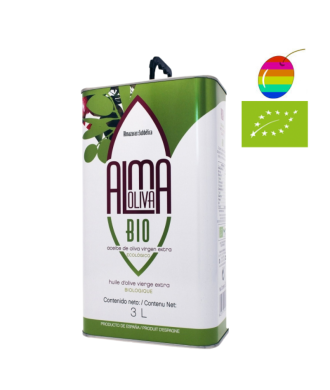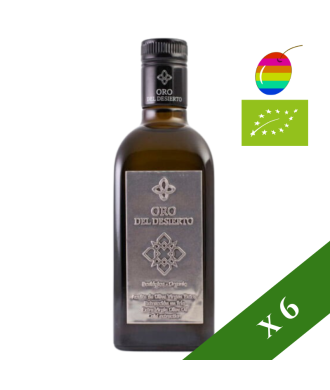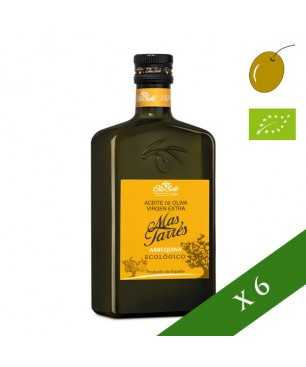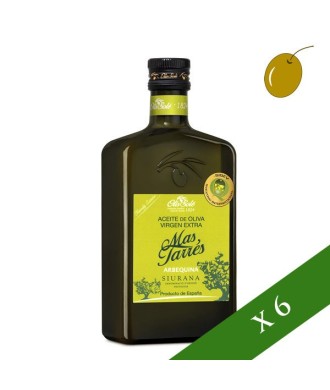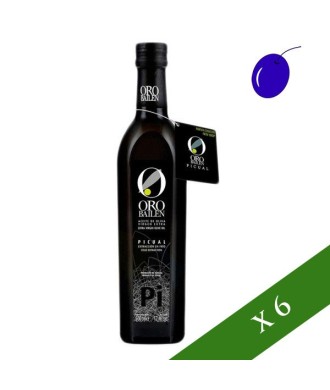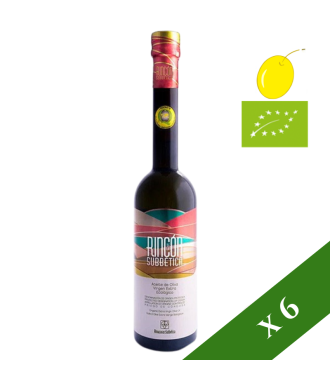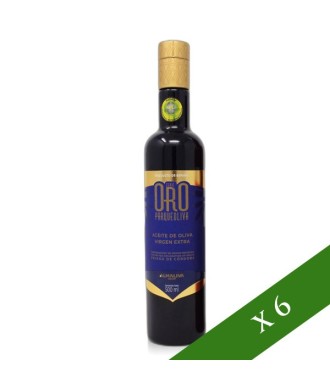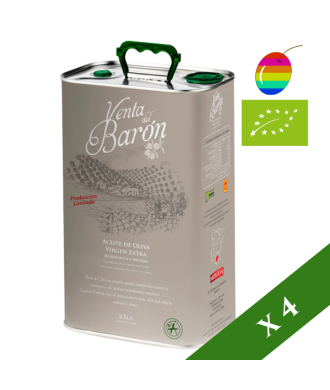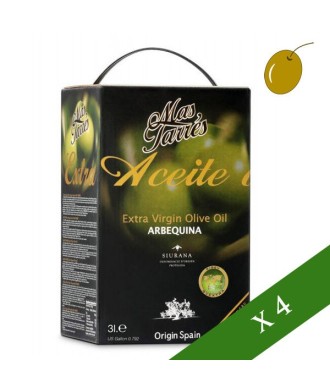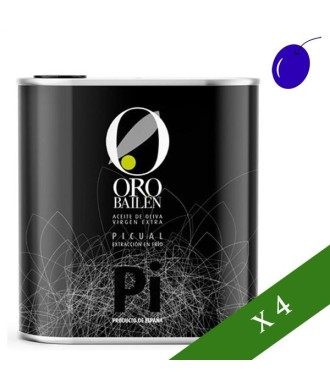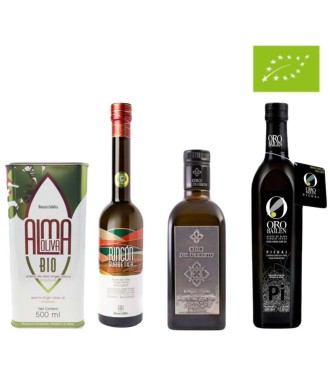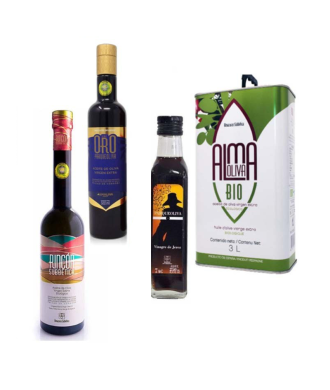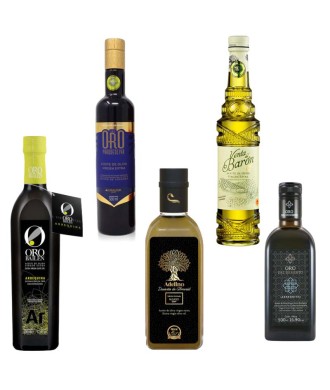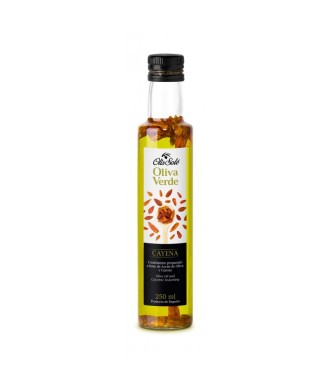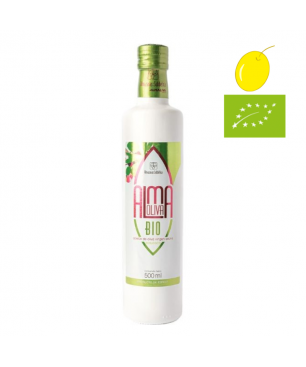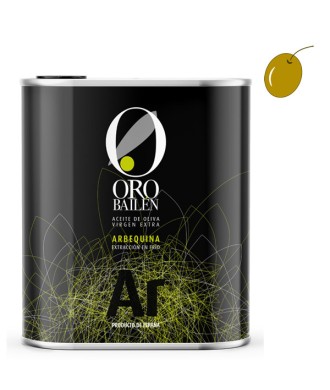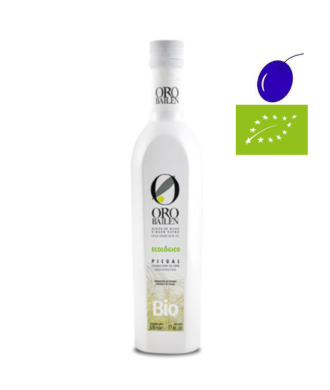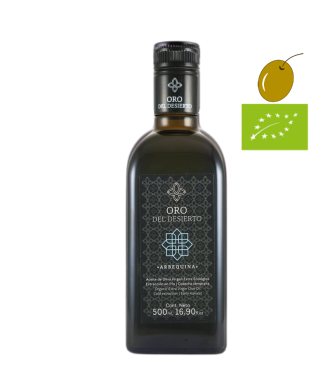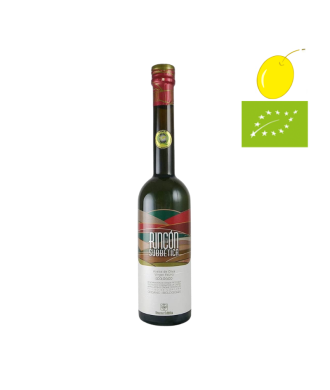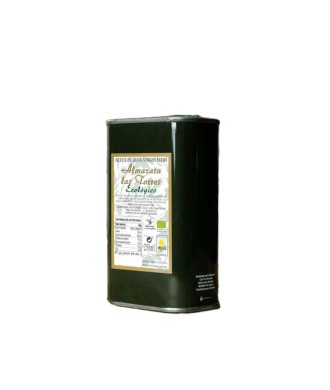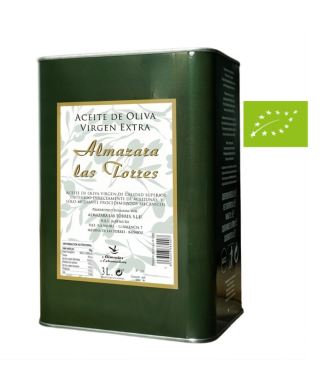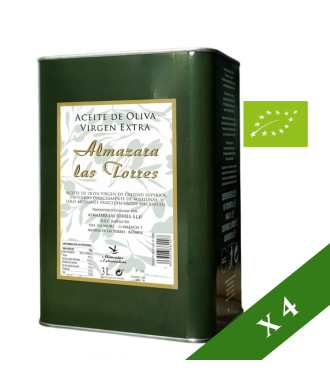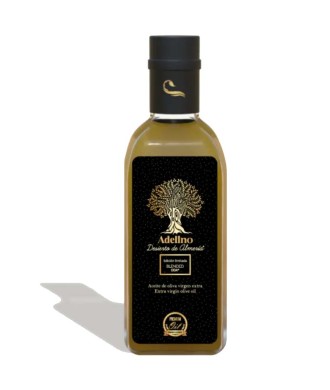Diese Website verwendet eigene Cookies und Cookies von Drittanbietern, um unsereDienste zu verbessern. Und zeigen Sie Werbung in Bezug auf Ihre Vorlieben, indem Sie Ihre Gewohnheiten analysieren navigation. Um Ihre Zustimmung zu seiner Verwendung zu geben, klicken Sie auf die Schaltfläche Akzeptieren.
Cookie-Einstellungen
| Keks | Anbieter | Zweck | Verfallsdatum |
|---|---|---|---|
| PHP_SESSID | www.jamonarium.com | Das PHPSESSID-Cookie ist PHP nativ und ermöglicht es Websites, serialisierte Statusdaten zu speichern. Auf der Website wird es verwendet, um eine Benutzersitzung aufzubauen und Statusdaten durch ein temporäres Cookie zu übergeben, das allgemein als Sitzungscookie bekannt ist. Diese Cookies verbleiben nur auf Ihrem Computer, bis Sie den Browser schließen. | Sitzung |
| PrestaShop-# | www.jamonarium.com | Es ist ein Cookie, das Prestashop verwendet, um Informationen zu speichern und die itzung des Benutzers offen zu halten. Ermöglicht das Speichern von Informationen wie Währung, Sprache, Kundenkennung und anderen Daten, die für das ordnungsgemäße Funktionieren des Shops erforderlich sind. | 480 stunden |
| rc::a | Es wird verwendet, um Bot-Anfragen zu lesen und zu filtern. | Hartnäckig | |
| rc::c | Es wird verwendet, um Bot-Anfragen zu lesen und zu filtern. | Hartnäckig |
| Keks | Anbieter | Zweck | Verfallsdatum |
|---|---|---|---|
| ads/ga-audiences | Diese Cookies werden von Google AdWords verwendet, um Besucher wieder einzubeziehen, die aufgrund des Online-Verhaltens des Besuchers auf verschiedenen Websites wahrscheinlich zu Kunden werden. | Session |
| Keks | Anbieter | Zweck | Verfallsdatum |
|---|---|---|---|
| _ga | Registriert eine eindeutige ID, die verwendet wird, um statistische Daten dazu, wie der Besucher die Website nutzt, zu generieren. | 2 Jahre | |
| _gat | Wird von Google Analytics verwendet, um die Anforderungsrate einzuschränken | 1 Tag | |
| _gat_gtag_UA_# | Wird verwendet, um die Anforderungsrate zu drosseln. | 1 Minute | |
| _gd# | Dies ist ein Google Analytics-Sitzungscookie, mit dem statistische Daten zur Nutzung der Website generiert werden, die beim Beenden Ihres Browsers entfernt werden. | Session | |
| _gid | Registriert eine eindeutige ID, die verwendet wird, um statistische Daten dazu, wie der Besucher die Website nutzt, zu generieren. | 1 Tag |
Ausgezeichnet 
-
Schinken
- Ganze
-
Knochenlose
- Geschnittene (Scheiben)
- Ganze Geschnittene
- Arten Von Schinken
-
Schinken Bellota 100% Ibérico Pata Negra
-
Jabugo (Huelva) Schinken
- Salamanca Schinken
- Extremadura Schinken
- Los Pedroches
- .Jamón ecológico
- Bellota Ibérico 50% Schinken
- Cebo de Campo ibérico Schinken
- Cebo ibérico Schinken
- Serrano Gran Reserva Schinken
- Jamones Joselito
- Wurstwaren
- Vollständige Wurstwaren
- In Scheiben geschnittene
- Iberische Würste
- Leon Würstchen
-
Arten von Wurstwaren
- Käse
- Vollständige Käse
- Portionkäse
- Schafskäse
- Kuhkäse
- Ziegenkäse
- Trockener Käse
- Halbgehärteter Käse
- Käsepakete
-
Käsemarken
- DO Idiazabal
- Sant Gil Albió
- Mas El Garet
- Viriato
- Zanetti
- Dorrea
- Beiardi
- Rosario Castaño
- Andere Marken von Käse
- Gourmet
- Pasteten und Foie gras
- Meeresfrüchte
-
Fischkonserven
- Spanische Traditionelle Gerichte
- Oliven & Vorspeisen
- Hülsenfrüchte & Gemüse
- Desserts
- Gourmet-Produktpakete
- Gourmet-Konserven von BOXES
- Gourmet - Brands
- Ramón Peña
- Mas Parés
- Agromar & Arbeyal
- Imperia
- Dardo
- Ortiz
- Paco Lafuente
- Yurrita
- Marzo
- Casa Riera Ordeix
- Frinsa
- Ribeira
- Herpac
- Greco Foie Gras
- La Luna
- Los Peperetes
- Bodega Coruña del Conde
- Pago de los Capellanes
- Olivenöl
- Arbequina
- Picual
- Cornicabra
- Manzanilla
- Essig und Saucen
- Hojiblanca
- Coupage
- Bio-Olivenöl
- Olivenöl von BOX
- Olivenöl in Dosen
- Großformatiges Olivenöl
- Olivenöl Premium
- Olivenöl mit Auszeichnungen
- Olivenölpackungen
-
Die besten Ölmühlen
- Wein
- Rotwein
- Weißwein
- Dosenweine
- Vinos Rosados
- Schaumwein (Cava)
- Bio-Weine
- Naturwein
- Klassische Weine
- Sangría
- Wermut
- Whisky
- Wein packs
-
Wein VON BOX
- Kisten mit Rotwein
- Kisten für Weißwein
- Kisten mit Roséwein
- Kisten mit Cava
- Wermut-Boxen
- Sangria-Boxen
- Price
- Origine
- D.O. Rioja
-
D.O. Ribera del Duero
- D.O. Priorat
- D.O. Somontano
- D.O. Empordà
- D.O. Rias Baixas
- D.O. Bierzo
- D.O. Montsant
- D.O. Rueda
- D.O. Penedés
- D.O. Terra Alta
- D.O. La Mancha
- D.O. Cava
- More D.O.
- Zubehör
SucheEtwas zu sagen...
Nichts wurde gefunden.
Browser nicht unterstützt.
WunschlisteWarenkorb 0Es gibt keine weiteren Artikel in Ihrem Warenkorb
Blog navigationUnterschiede zwischen Olivenöl und EVOO
It is no secret: one of the gastronomic jewels of the Mediterranean Diet is olive oil. In fact, different studies about our diet state that much of its benefits are due in addition to the variety of ingredients it contains, to the daily consumption of olive oil.
As you know, not all olive oils are the same, so today we talk about how important is knowing the difference between an olive oil, a virgin olive oil and an extra virgin olive oil (EVOO), whose quality and benefits for your body are incomparable.
Let’s start!
First, it is important to know that part of what the olive oil will be, will vary depending on how the olive oil is extracted.
Namely, the 30% of the flesh of the olive is oil and is usually extracted when the fruit is picked. The most traditional method of doing so is by pressure, where the olive is placed in a press and the oil is extracted by a mechanical force. This is the technique that best preserves the characteristics of the olive, but this method is not very used due to its complexity.
Another of the methods used is through mechanical elements, but it focuses more on centrifugation. The olive is crushed to separate its different elements due to its different densities. Thanks to this technique, we can get a high quality olive oil and it is the most used today.
There is also a last method only applied to lower quality oils. It is the oil that remains in the pulp after mechanical extraction.
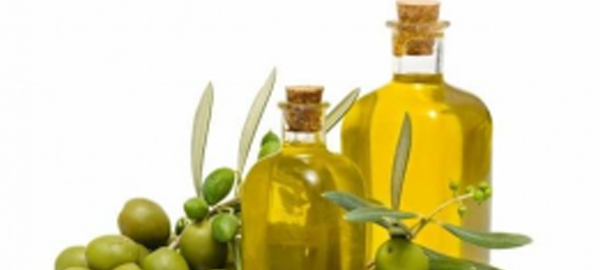
How is olive oil, virgin olive oil and EVOO extracted?
Virgin and extra virgin olive oil are obtained through mechanical extraction and without using refining. The Extra Virgin Oil does not exceed 0.8º of acidity, therefore, it is the highest quality oil and its tasting note must be 6.5 or higher. Specifically, EVOO is extracted through cold pressing and exclusively from the first pressed.
Virgin olive oil is somewhat worse in terms of quality. Its acidity level is usually 2º and the qualified tasting note will be less than 5.5.
Finally, olive oil will be a mixture between virgin olive oil and refined olive oil. (Of the three, it is of the worst quality). A refining system must be applied to the refined olive oil based on the use of high temperatures, which allows to eliminate the negative organoleptic properties but which will also considerably reduce its quality.
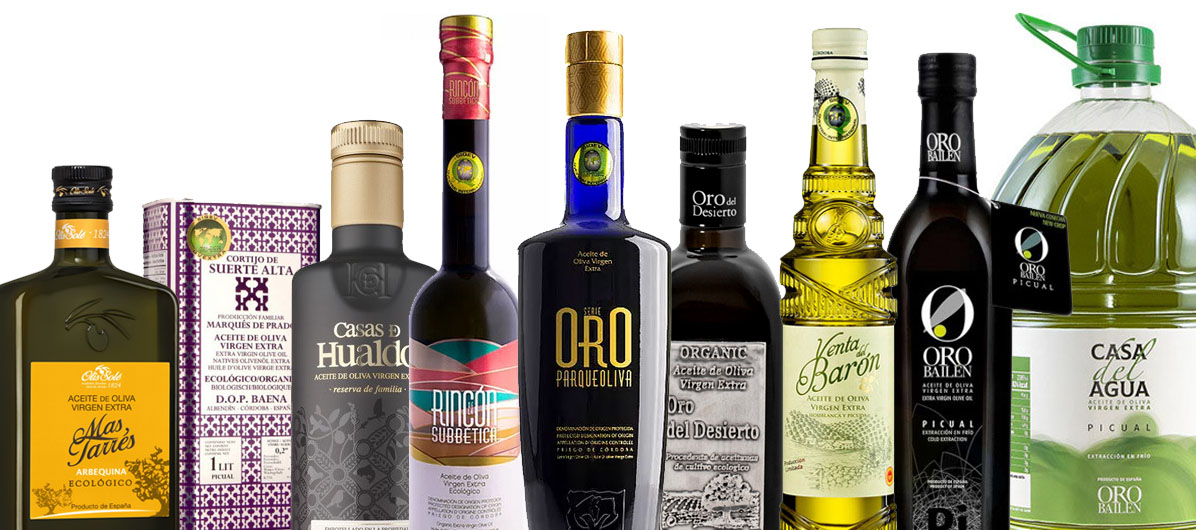
Which are the organoleptic properties of EVOO?
These are characteristics that are perceived through the senses (taste, sight, smell and touch). In the case of EVOO its low acidity gives an intense fruity flavor, with a slight acid touch and a characteristic greenish color. Although its price is higher than that of other olive oils, it is undoubtedly one of the best investments that can be made for the benefit of health for the following reasons:
-
Low content of polyunsaturated fatty acids. It is the least prone to produce dangerous substances to health, against oxidation.
-
It helps reducing cardiovascular risk due to its content in oleic acid and antioxidants, as it increases HDL (good) cholesterol levels and lowers LDL (bad) cholesterol levels.
-
Due to its high antioxidant content, it prevents premature aging of the skin, as well as other degenerative diseases caused by the action of free radicals.
-
The fats contained in olive oil have an anti-inflammatory role in the human body, which makes this healthy ingredient a complementary aid to reduce joint and muscle pain.
-
It has lubricating effect on the intestinal mucous, so it is an effective tool to naturally prevent constipation naturally.
-
And, finally, the consumption of extra virgin olive oil has been linked to a lower risk of obesity and type II diabetes.
As you can see, the benefits of EVOO are not few, so it has the importance that it has in our usual diet. By the way, and you, what kind of oil do you usually consume at home?
Veröffentlicht in: OlivenölÄhnliche Produkte
Venta del Barón Coupage 500ml, Natives Olivenöl Extra, g.U. Priego de Córdoba
Preis:19,90 €Der Olivenöl Extra Vergine Venta del Barón gehört zur geschützten...Oro de Bailen Picual 500ml, Natives Olivenöl Extra von Jaén
Preis:13,80 €Der Olivenöl extra vergine Oro Bailen Reserve der Familie ist eines der...Oro del Desierto Bio Coupage 500ml, Olivenöl extra virgin
Preis:14,80 €Der BIO Olivenöl Extra Virgin Oro del Desierto ist ein außergewöhnliches...Venta del Barón coupage 2.5L, Natives Olivenöl Extra, g.U. Priego de Córdoba
Preis:52,40 €Der Olivenöl Extra Vergine Venta del Barón gehört zur geschützten...Mas Tarrés Arbequina 500ml, Natives Olivenöl Extra, g.U. von Siurana
Preis:12,90 €Der Olivenöl Extra Vergine Mas Tarres, hat eine geschützte...Mas Tarrés Arbequina Ökologischer 500ml, Natives Olivenöl Extra
Preis:15,40 €Der ökologische Olivenöl extra vergine der Sorte Arbequina von “Mas Tarres“...Mas Tarres Arbequina 3l, Natives Olivenöl Extra, g.U. von Siurana
Preis:49,50 €Der Olivenöl Extra Vergine Mas Tarres, hat eine geschützte...Ester Solé Arbequina 5l, Natives Olivenöl Extra, DO Siurana
Preis:65,50 €Das Native Olivenöl Extra Ester Solé (olis solé) hat die...Oro de Bailén Picual 2,5l, Natives Olivenöl Extra Picual de Jaén
Preis:54,80 €Natives Olivenöl extra Oro de Bailén 2,5 l Picual de Jaén ist eines der...Oro del Desierto Picual Bio 1l, Natives Olivenöl Extra
Preis:19,80 €Das Native Olivenöl Extra Picual Oro del Desierto ist ein außergewöhnliches...Oro del Desierto Coupage Bio 1l, Natives Olivenöl Extra
Preis:19,80 €Das Native Olivenöl Extra Oro del Desierto ist ein außergewöhnliches Öl aus...Oro del Desierto Coupage Bio 3l, Natives Olivenöl Extra
Preis:52,30 €Das Native Olivenöl Extra Oro del Desierto ist ein außergewöhnliches Öl aus...Geschenkset EVOO PREMIUM - Die besten 6 nativen Olivenöle extra der Welt
Preis:91,40 €Pack OL 1 - The best 6 extra virgin olive oilsRincón de la Subbética Hojiblanca organic 500ml, Natives Olivenöl Extra, g.u. Priego de Córdoba
Preis:21,40 €Das extra native Olivenöl Rincón de la Subbética zählt zu den besten extra...Parque Oliva Serie Oro Coupage 500ml, Natives Olivenöl Extra, D.O. Priego de Córdoba
Preis:17,20 €Parque Oliva Serie Oro Extra Virgin Olive Oil is classified among the best...Parqueoliva Coupage 5l, Natives Olivenöl Extra, D.O. Priego de Córdoba
Preis:49,50 €Parqueoliva Extra Virgin Olive Oil is classified among the best extra virgin...Almaoliva Coupage Organic 500ml, Natives Olivenöl Extra aus Cordoba
Preis:8,60 €Almaoliva Extra Virgin Olive Oil is classified among the best extra virgin...Almaoliva Coupage Organic 3l, Natives Olivenöl Extra aus Cordoba
Preis:35,50 €Almaoliva Extra Virgin Olive Oil is classified among the best extra virgin...BOX x6 --- Oro del Desierto bio coupage 500ml, Natives Olivenöl Extra
Alter Preis:88,80 € Preis:79,92 € Rabatt:10% Sparen Sie:-8,88 €BOX x6 --- Mas Tarrés Arbequina Ökologischer 500ml, Natives Olivenöl Extra
Alter Preis:92,40 € Preis:83,16 € Rabatt:10% Sparen Sie:-9,24 €BOX x6 --- Mas Tarrés Arbequina 500ml, Natives Olivenöl Extra, g.U. von Siurana
Alter Preis:77,40 € Preis:69,66 € Rabatt:10% Sparen Sie:-7,74 €BOX x6 --- Oro de Bailen Picual 500ml, Extra Vergine Olivenöl von Jaén
Alter Preis:82,80 € Preis:74,52 € Rabatt:10% Sparen Sie:-8,28 €BOX x6 --- Rincón de la Subbética Hojiblanca organic 500ml, Natives Olivenöl Extra, D.O. Priego de Córdoba
Alter Preis:130,92 € Preis:117,83 € Rabatt:10% Sparen Sie:-13,09 €BOX x6 --- Parque Oliva Serie Oro Coupage 500ml, Natives Olivenöl Extra, D.O. Priego de Córdoba
Alter Preis:105,22 € Preis:94,70 € Rabatt:10% Sparen Sie:-10,52 €BOX x4 --- Venta del Barón coupage 2.5L, Natives Olivenöl Extra, g.U. Priego de Córdoba
Alter Preis:209,60 € Preis:188,64 € Rabatt:10% Sparen Sie:-20,96 €BOX x4 --- Mas Tarres Arbequina 3l, Natives Olivenöl Extra, g.U. von Siurana
Alter Preis:198,00 € Preis:178,20 € Rabatt:10% Sparen Sie:-19,80 €BOX x4 --- Oro de Bailén Picual 2,5l, Natives Olivenöl Extra von Jaén
Alter Preis:219,20 € Preis:197,28 € Rabatt:10% Sparen Sie:-21,92 €Geschenkset AVOE ÖKOLOGISCH - Die 4 besten Bio-Olivenöle
Preis:58,60 €Geschenkset ALMAZARA DE LA SUBBÉTICA - Cordoba Grüngold
Preis:79,00 €Geschenkset - Olivenölliebhaber
Preis:86,11 €Oliva Verde Olis Solé 250ml , CAYENA würziges Olivenöl
Preis:5,90 €Das Spicy CAYENA Flavoured Olive Oil ist ein kulinarisches Juwel, das in...Almaoliva Hojiblanca Bio-Öl 500 ml, Natives Olivenöl extra aus Cordova FLASCHE
Preis:10,30 €Almaoliva BIO-Öl ist unsere Version von nativem Olivenöl extra aus...Oro de Bailen Arbequina 2.5l, Natives Olivenöl Extra von Jaén
Preis:54,80 €Das native Olivenöl extra Arbequina de Oro de Bailén ist eines der besten...Oro De Bailen Picual Ökologisches Bio 500ml, Olivenöl Virgen Extra
Preis:15,20 €Dieses native Olivenöl extra der Sorte Picual hat eine helle und leuchtend...Oro del Desierto Arbequina Bio 500ml, Olivenöl extra virgin
Preis:13,90 €Der Oro del Desierto Arbequina Bio Coupage ist ein außergewöhnliches...Rincón de la Subbética Bio-Olivenöl Hojiblanca 250ml, Natives Olivenöl Extra, Natives Olivenöl Extra, g.U. Priego de Córdoba
Preis:14,48 €Das extra native Olivenöl Rincón de la Subbética Bio-Olivenöl Hojiblanca...Natives Bio-Olivenöl Extra 250ml
Preis:5,90 €Almazara Las Torres Bio 3L, Extra Vergine Olivenöl
Preis:38,50 €Das Almazara Las Torres Bio 3L, Extra Vergine Olivenöl ist ein hochwertiges...copy of BOX x4 --- Almazara Las Torres Bio 3L, Extra Vergine Olivenöl
Alter Preis:154,00 € Preis:138,60 € Rabatt:10% Sparen Sie:-15,40 €Adelino Ölmischung Desierto de Almeria 500ml
Preis:21,31 €Diese Mischung aus nativem Olivenöl extra bietet dank ihres hohen Gehalts an...Ähnliche Beiträge
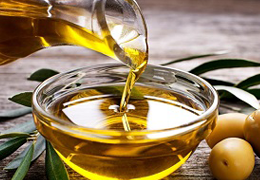 Sorten von Oliven in Frankreich
Veröffentlicht in: Olivenöl25/01/2017625 Gefällt mirFrankreich ist das siebte Olivenöl produzierende Land. Trotzdem ist seine Produktion sehr knapp und deckt kaum 3,5%...Weiter lesen
Sorten von Oliven in Frankreich
Veröffentlicht in: Olivenöl25/01/2017625 Gefällt mirFrankreich ist das siebte Olivenöl produzierende Land. Trotzdem ist seine Produktion sehr knapp und deckt kaum 3,5%...Weiter lesen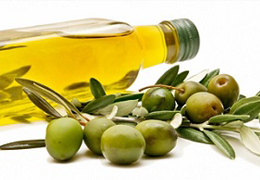 Wann ist die beste Zeit, um die Oliven zu pflücken?
Veröffentlicht in: Olivenöl24/10/2017855 Gefällt mirEs ist das große Unbekannte, wenn der Beginn der Olivenkampagne eintrifft. Wann ist die beste Zeit, um die Oliven zu...Weiter lesen
Wann ist die beste Zeit, um die Oliven zu pflücken?
Veröffentlicht in: Olivenöl24/10/2017855 Gefällt mirEs ist das große Unbekannte, wenn der Beginn der Olivenkampagne eintrifft. Wann ist die beste Zeit, um die Oliven zu...Weiter lesen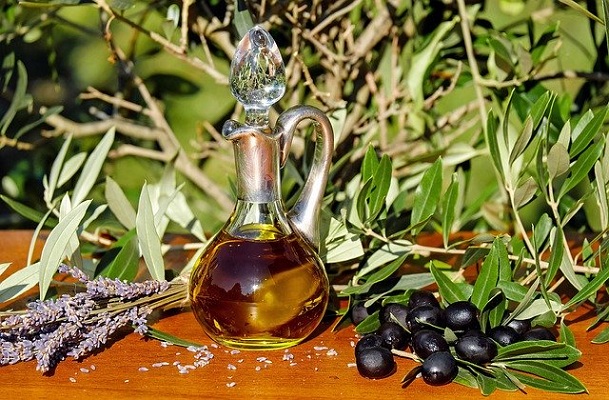 Dinge, die Sie nicht über Olivenöl wussten
633 Gefällt mirKnowledge does not take place, so today we bring you a few curiosities about this fundamental ingredient of our...Weiter lesen
Dinge, die Sie nicht über Olivenöl wussten
633 Gefällt mirKnowledge does not take place, so today we bring you a few curiosities about this fundamental ingredient of our...Weiter lesen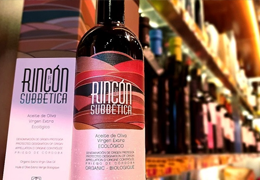 Almazaras de la Subbética, hochwertige Olivenöle
Veröffentlicht in: Olivenöl09/06/2021644 Gefällt mirAlmazaras de la Subbética ist heutzutage eine Referenz für Olivenöle extra vergine. Ihre gute Arbeit hat dazu...Weiter lesen
Almazaras de la Subbética, hochwertige Olivenöle
Veröffentlicht in: Olivenöl09/06/2021644 Gefällt mirAlmazaras de la Subbética ist heutzutage eine Referenz für Olivenöle extra vergine. Ihre gute Arbeit hat dazu...Weiter lesen Cortijo de Suerte Alta, ein exklusives und ökologisches Olivenöl
Veröffentlicht in: Olivenöl02/06/20211028 Gefällt mirHeute sprechen wir über Cortijo de Suerte Alta, ein Natives Olivenöl Extra aus biologischem Anbau und mit der...Weiter lesen
Cortijo de Suerte Alta, ein exklusives und ökologisches Olivenöl
Veröffentlicht in: Olivenöl02/06/20211028 Gefällt mirHeute sprechen wir über Cortijo de Suerte Alta, ein Natives Olivenöl Extra aus biologischem Anbau und mit der...Weiter lesen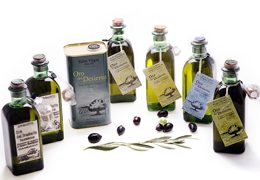 Oro del Desert, ein Bio-Olivenöl, das wie eine Oase für den Gaumen ist
Veröffentlicht in: Olivenöl03/06/20211488 Gefällt mirHeute sprechen wir von einem Olivenöl mit einer unverwechselbaren Note. Anders für seinen Produktionsprozess und noch...Weiter lesen
Oro del Desert, ein Bio-Olivenöl, das wie eine Oase für den Gaumen ist
Veröffentlicht in: Olivenöl03/06/20211488 Gefällt mirHeute sprechen wir von einem Olivenöl mit einer unverwechselbaren Note. Anders für seinen Produktionsprozess und noch...Weiter lesenChatten Sie mit uns auf WhatsApp
Rufen Sie uns an oder hinterlassen Sie Ihre Daten und wir rufen Sie so schnell wie möglich zurück
- Wein
- Käse
-
Jabugo (Huelva) Schinken






